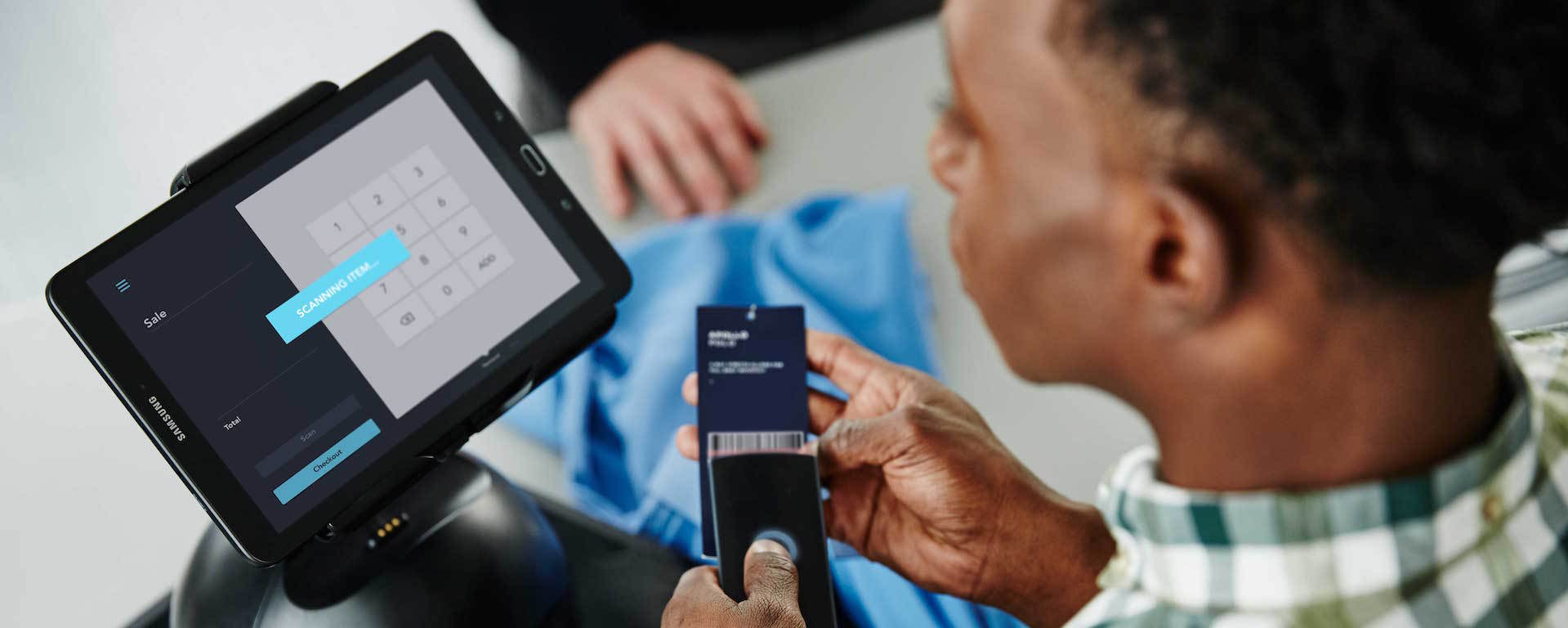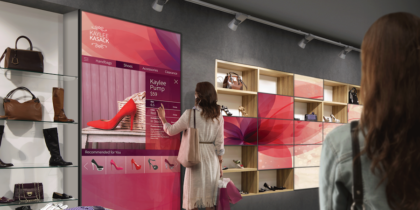Mobile payments is a concept that consumers — especially younger shoppers — are starting to embrace. In the typical use case, the customer takes out their smartphone at checkout, pulls up the mobile payment app, waves or taps the phone against the retailer’s payment terminal, and the charge is applied to the debit or credit card that the shopper has on file.
Now, manufacturers and financial institutions want to simplify this process even further by allowing shoppers to pay with a smartwatch instead of a smartphone. But what does the introduction of wearable payments mean for retailers?
First, retailers need to understand that this is becoming very real, very quickly. Industry players have been arguing for a few years now that wearable technology would be a natural — and even more convenient — vehicle for mobile payments, and finally there is action to match the talk. Wearable vendors and banks have been piloting and launching an interesting set of solutions that employ multiple types of near field communication (NFC)-enabled form factors, including fobs, rings and stickers in addition to smartwatches and wristbands.
However, if there’s anything more nascent than mobile payments, it’s mobile payment via wearables. Currently, this is considered an early niche market, with gradual growth projected as the industry works through the following issues:
- POS terminal infrastructure: Wearables use near field communication (NFC) technology for wireless signaling. Installation of NFC-capable payment terminals is proceeding more slowly than expected, with critical mass not expected for another four years or so. However, those retailers that can already accept NFC-based smartphone payments should be prepared to also process wearable-based purchases, and should train checkout staff accordingly.
- Wearable devices: The presence of NFC-enabled wearables is also very limited. However, major brands have publicly committed to them, and device selection is expected to expand over the coming months.
- Consumer comfort with wearable solutions: Consumers’ comfort level with wearing these devices will increase steadily as apps evolve, prices drop and highly secure biometric authentication becomes the norm.
- The frictionless payment process: How easy is too easy? Financial institutions are wrestling with the idea that wearable solutions may remove too much friction from the payment process, luring shoppers into spending more than they can afford. The ideal solution will balance convenience with just enough data and notifications to result in an informed purchase decision.
Wearable payments may start slowly, but retailers shouldn’t be caught off guard. While some industry experts expect smartphones to always dominate the mobile payments process, Frost & Sullivan believes that wearables will match (and maybe even leapfrog) smartphones as a strong payment modality by 2020. Be prepared.
Learn more about how retailers can leverage the mobile payments trend in the Frost & Sullivan white paper, “Closing Retail Sales In-Store: Two Ways to Fight Back With Mobile.”





